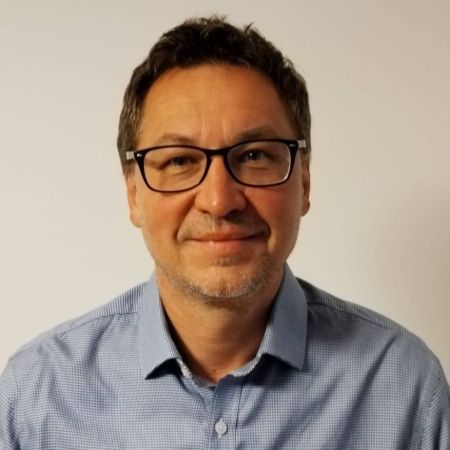
Low drug bioavailability is one of the main obstacles to treatment effectiveness. How can this challenge be overcome? A new project, supported by the Czech Science Foundation (GAČR), focuses on developing polymer carriers tailored to specific drugs. Professor Fulem’s research team combines computational modeling with experiments, utilizing polymers with untapped potential. What challenges does the project face, and how could it contribute to the future of pharmaceutical research?
How would you describe your project to a layperson in a few sentences? Why is it important?
Many current and newly developed drugs suffer from low bioavailability, i.e. a limited ability to be absorbed into the body in the required amounts and to reach effective concentrations. To address this issue, it is essential to design efficient strategies to enhance drug bioavailability, particularly for drugs with low solubility in aqueous solutions. Our project focuses on one such strategy—the use of polymeric drug carriers, which offer great adaptability due to their high variability and flexibility. However, selecting the most suitable candidates requires a rational approach. In this project, we are developing a methodology based on computational (in silico) modelling and targeted experiments to design optimal polymeric carriers that are literally "tailor-made" for the specific needs of individual drugs. For this purpose, we have chosen a highly flexible class of polymers—poly(2-oxazolines)—which hold great, yet largely unexplored, potential in the rational design of drug delivery systems.
What inspired you to choose this topic? Was it a specific challenge you wanted to address, or a kind of natural continuation of your previous work?
This research is a natural continuation of our previous activities in the rational development of drug delivery systems. In the past, we have identified computational approaches that proved to be reliable, as well as those that were difficult to parametrize and less effective. We developed a methodology for studying drug-polymer phase diagrams, allowing us to predict component compatibility in drug formulations, and gained valuable experience in preparing various drug delivery systems. In this project, we will build upon and further develop these insights and tools.
What is the main goal of your research?
The aim of this project is to adapt the properties of poly(2-oxazolines) to the specific requirements of a selected drug using computational modelling and targeted experiments, thus fully utilizing the potential of these carriers in the design of effective drug delivery systems. While the methodology will be developed using poly(2-oxazolines) as a model system, it is expected to have broader applicability.
What do you think captured the selection committee’s attention the most?
I have already received the reviewers' reports which were very positive. The project was rated as original, with high potential, and characterized as high-risk, high-gain. The reviewers appreciated the strong multidisciplinary team, our experience with successfully executing similar projects, and the well-thought-out methodology that integrates theoretical modelling with experiments.
Will the project lead to any specific applications or technologies?
I strongly believe that this project will bring new, important insights into improving the design and optimization of drug carriers that could lead to progress in targeted, effective drug delivery. The results obtained from this project may find application in the development of new types of carriers that will be adaptable to the specific requirements of particular drugs. In addition, the project will enhance our understanding of the relationships between the structure and properties of poly(2-oxazolines) and their interactions with drugs, thus opening the way to fully exploit their potential as flexible carriers.
What makes your project unique? (For example: Does it utilize any unique tools or technologies? Will new ones need to be developed?)
The project is unique primarily because of its broad interdisciplinary nature that combines theoretical modelling with the experimental investigation of the phase behaviour of complex systems, organic synthesis, polymer chemistry, chemistry of micellar systems, and biochemistry. It uses a combination of theoretical and experimental methods, some of which were developed by our research group.
With whom are you collaborating on the project?
The project requires a broad interdisciplinary team. Researchers from the Faculty of Chemical Engineering will collaborate with colleagues from the Faculties of Chemical Technology and Food and Biotechnology. Students play a significant role in the research team, which is particularly important to me as it allows us to support their professional development.
What obstacles or challenges do you anticipate during the project? Do you already have strategies for overcoming them?
Risk analysis plays a crucial role in current project proposals and is carefully evaluated by reviewers. I am confident that we have thoroughly addressed this aspect and have prepared appropriate solutions for every identified risk factor. With the team's experience, strong research infrastructure, and a well-structured plan, I believe that our project goals will be successfully achieved.
What brings you the most joy in working on this project?
Beyond the scientific expectations, I am especially pleased that many UCT Prague students, from undergrads to PhD students, are participating in the project. In addition to their professional development, participation in this project provides financial support, which is particularly important for PhD students.
What should, theoretically, happen with your research after the project is completed? (e.g., implementation of a technology or patent, follow-up research)
Although this is a fundamental research project, I believe it has application potential in pharmaceutical and materials science. We will discuss the specific forms this might take in three years.

